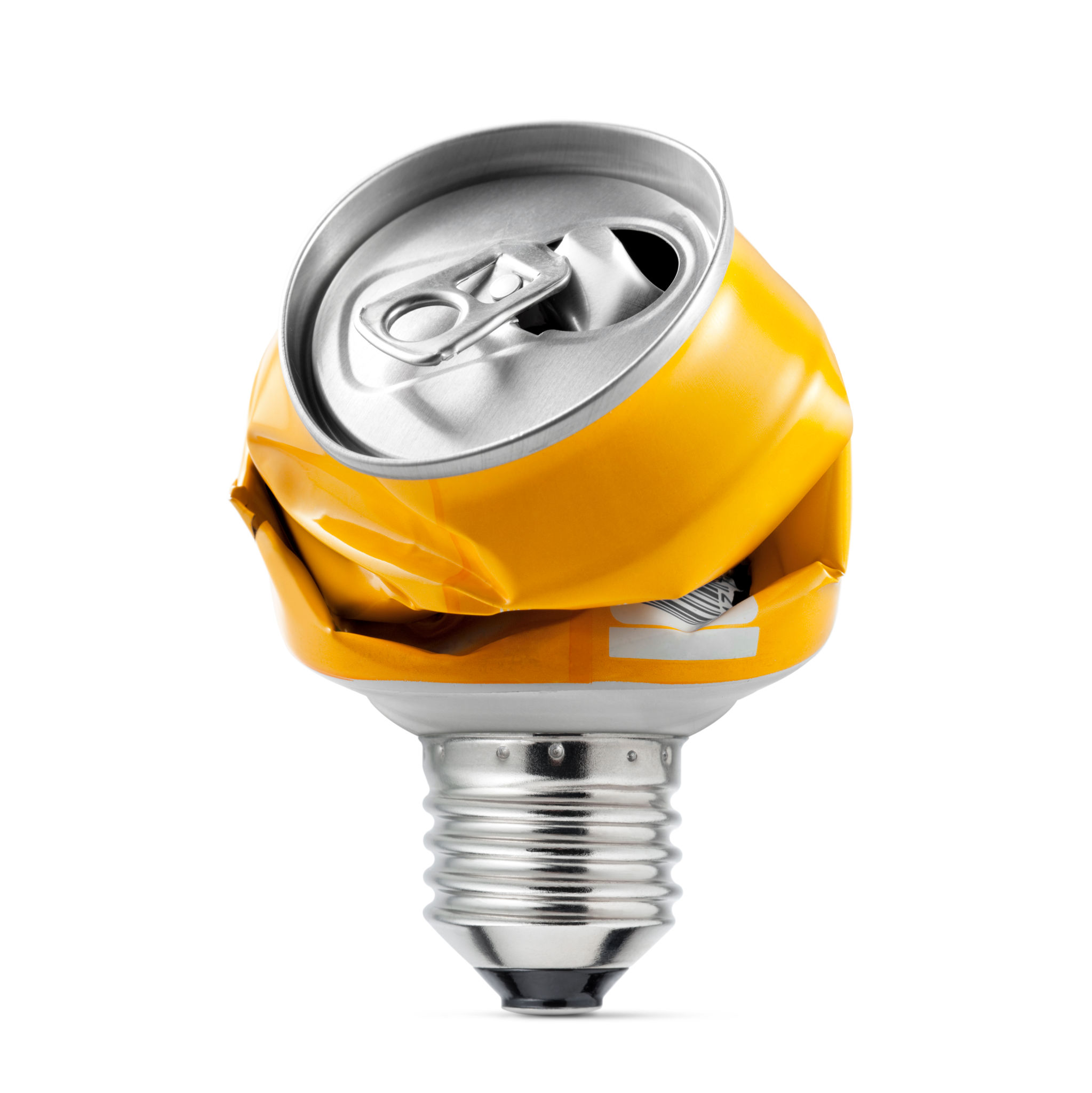Comparing Waste-to-Energy Solutions: Finding the Right Fit for Your Business
Understanding Waste-to-Energy Solutions
Waste-to-energy solutions offer a sustainable way to manage waste while generating energy. As businesses seek to reduce their environmental footprint and optimize resource use, understanding the available options becomes crucial. These technologies not only help in managing waste but also contribute to energy production, making them an attractive proposition for businesses aiming to enhance their sustainability efforts.
Waste-to-energy (WtE) processes convert non-recyclable waste materials into usable forms of energy, such as electricity, heat, or fuel. There are several technologies in the market, each with unique benefits and challenges. It's essential for businesses to evaluate these solutions carefully to find the best fit for their specific needs and goals.

Types of Waste-to-Energy Technologies
There are several key waste-to-energy technologies available, each with its own advantages:
Incineration
Incineration is one of the most common WtE technologies. It involves burning waste at high temperatures to produce steam, which drives turbines to generate electricity. This method significantly reduces the volume of waste, making it a popular choice for urban areas with limited landfill space. However, it requires strict emissions control to minimize environmental impact.
Gasification
Gasification involves converting organic or fossil-based materials into syngas through high-temperature processing. This syngas can be used to produce electricity or further converted into biofuels. Gasification is efficient and can handle a wide range of waste types, but it requires specific conditions for optimal performance.

Anaerobic Digestion
Anaerobic digestion uses microorganisms to break down organic waste in an oxygen-free environment, producing biogas and digestate. The biogas can be used as a renewable energy source, while the digestate can serve as a fertilizer. This method is particularly effective for processing food and agricultural waste.
Factors to Consider When Choosing a WtE Solution
When selecting a waste-to-energy solution, businesses must consider several factors to ensure they choose the most appropriate technology:
- Type of Waste: The nature and composition of the waste will determine the most suitable technology. For instance, organic waste is better suited for anaerobic digestion.
- Scale and Volume: The amount of waste generated will influence the choice of technology. Larger volumes may benefit from incineration or gasification.
- Environmental Regulations: Compliance with local environmental standards and emissions regulations is critical.
- Cost and Investment: Initial investment and operational costs vary between technologies. Businesses need to evaluate long-term financial implications.

The Benefits of Implementing WtE Solutions
Adopting waste-to-energy technologies can provide numerous benefits for businesses:
- Reduced Waste Disposal Costs: By converting waste into energy, businesses can lower their reliance on landfills, saving on disposal fees.
- Sustainable Energy Production: WtE solutions contribute to renewable energy generation, supporting businesses' sustainability goals.
- Environmental Impact: Properly managed WtE processes can reduce greenhouse gas emissions compared to traditional waste disposal methods.
In conclusion, selecting the right waste-to-energy solution requires careful consideration of various factors. By understanding the specific needs of your business and the capabilities of each technology, you can make informed decisions that align with both operational and environmental goals. Investing in the appropriate WtE solution can not only enhance your sustainability efforts but also provide economic benefits in the long run.
